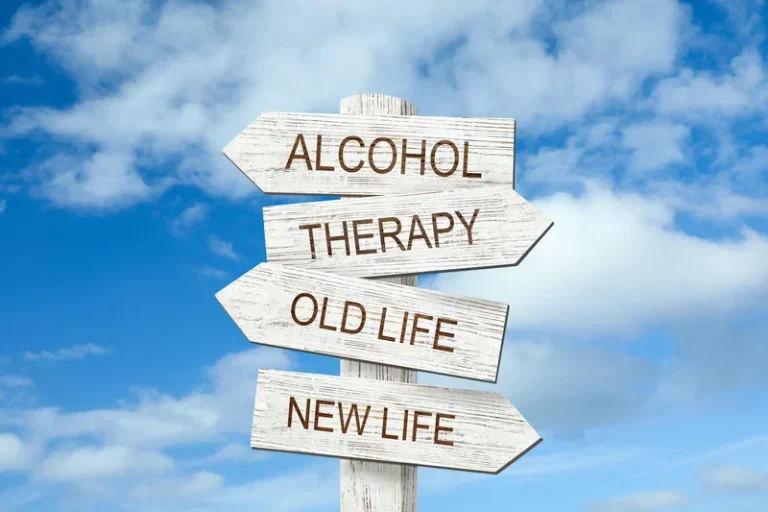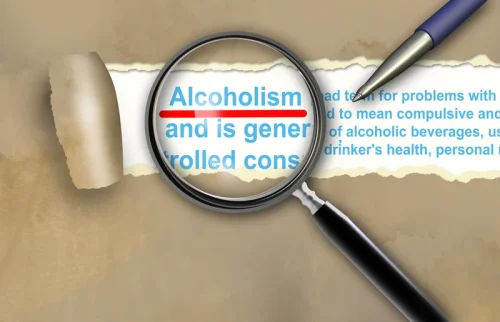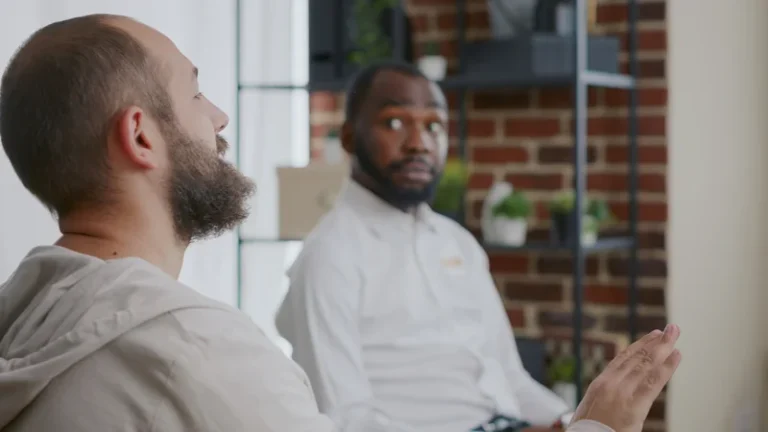
These programs support behavioral modification through self-help and peer support. Group therapy supports people with SUD in maintaining abstinence and restraint. One of the more common and most deadly complications of substance use disorder is overdose. An overdose happens when you take too https://ecosoberhouse.com/ much of a substance. When someone is sliding into addiction, they tend to hang out with people who also use their drug of choice, or use any kind of substance for that matter. Someone may begin to distance themselves from their old friends or loved ones that may try to get them to stop.
Understanding drug abuse and addiction
Someone with a serious addiction problem may allow, ignore, or trivialize these outcomes in favor of continuing their habits. It’s important to eliminate any potential medical reasons for someone’s health decline. Keep in mind that someone with an addiction will almost always understate the seriousness of their condition. If there’s no other explanation, then there’s an increased chance of an underlying addiction problem. A healthy person can usually identify a negative behavior and get rid of it. Rather than admit the problem exists, they’ll find ways to justify and continue the behavior.
- Having multiple health problems and taking multiple drugs can put people at risk of misusing drugs or becoming addicted.
- Further, the intensity of withdrawal depends on the amount of drug usually taken and the duration of its effects.
- Addiction happens when cravings don’t stop, withdrawal occurs without the substance, and use continues even when there are negative consequences.
- Thus, drug use causes changes in the brain that can result in a lack of self-control and poor decision-making and judgment.
Protect Teens From Prescription Medications
Ask simple questions of the teens in your life (e.g., “How’s so-and-so doing these days?”) as a way to uncover any red flags in peer relationships. If a teen is vague about who they hang out with—or how they’re spending their time away from home—take that opportunity to dig a little deeper. Millions of readers rely on HelpGuide.org for free, evidence-based resources to understand and navigate mental health challenges. Please donate today to help us save, support, and change lives.
Opioid painkillers
Recognizing an addiction problem in someone you know can be harder than it seems. The American Society of Addiction Medicine (ASAM) defines addiction as a chronic disease that affects the brain’s reward, motivation, and memory functions. Someone with an addiction will crave a substance signs of drug use or other behavioral habits. They’ll often ignore other areas of life to fulfill or support their desires. Over time, the substances change your brain chemistry, and you become desensitized to their effects. You then need more of a substance to produce the same effect.
- For some individuals, substance abuse begins when they start socially experimenting with various substances.
- Your loved one may show signs of an increased need for money with little explanation as to why.
- Their encouragement could be the motivation you need to talk to a healthcare provider.
- Drug addiction might involve “doctor shopping”—visiting multiple physicians to obtain prescriptions.
- There are both physical and behavioral clues that someone might be experiencing a problem with substance use.
Have you noticed your night owl suddenly becoming an early bird, or vice versa? Changes in sleep patterns can be a subtle but significant sign that something’s off. It’s a silent tsunami, sweeping across communities, leaving devastation in its wake. Families torn apart, careers shattered, lives lost—the toll is immeasurable. It’s like catching a fire when it’s just a spark, rather than waiting until it’s a raging inferno.

Substance use disorder is marked by a pattern of pathological behaviors related to use of the substance. Opioids are narcotic, painkilling drugs produced from opium or made synthetically. This class of drugs includes, among others, heroin, morphine, codeine, methadone, fentanyl and oxycodone. Two groups of synthetic drugs — synthetic cannabinoids and substituted or synthetic cathinones — are illegal in most states. The effects of these drugs can be dangerous and unpredictable, as there is no quality control and some ingredients may not be known. Your insurance plan may cover some or all of the cost of addiction treatment.
Preventing drug misuse in children and teenagers

During the intervention, these people gather together to have a direct, heart-to-heart conversation with the person about the consequences of addiction. Stimulants include amphetamines, meth (methamphetamine), cocaine, methylphenidate (Ritalin, Concerta, others) and amphetamine-dextroamphetamine (Adderall XR, Mydayis). They’re often used and misused in search of a “high,” or to boost energy, to improve performance at work or school, or to lose weight or control appetite. Signs and symptoms of drug use or intoxication may vary, depending on the type of drug. In the middle or later stages of an addiction, the negative effects will be more permanent or have long-term consequences.

- If you’re right, speaking up could save the life of someone dear to you.
- There are specific ages that make a person more likely to develop a substance use problem.
- It’s not just about how much they drink, but when and why.
- When someone loses interest in activities they once loved, it could be more than just a passing phase.
